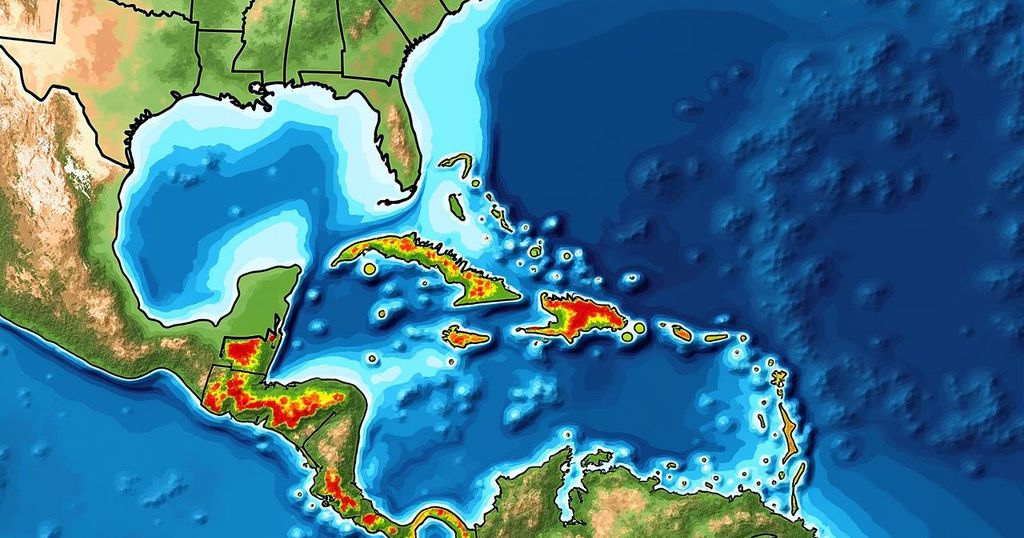An Overview of Tropical Cyclones: Formation, Patterns, and Movements
Tropical cyclones predominantly develop in warm tropical waters between 20° north and south of the Equator, with around 80 storms occurring annually. The Pacific Ocean leads in the number of storms, followed by the Indian and Atlantic Oceans. Cyclone activity peaks in late summer and early fall due to favorable atmospheric conditions, with their movements significantly influenced by trade winds and geographic factors.
Tropical cyclones predominantly originate in warm ocean waters located between latitudes 20° north and south of the Equator, where sea surface temperatures are conducive to their formation. Each year, approximately 80 tropical storms occur globally, with about two-thirds classified as severe, being categorized at 1 or higher on the Saffir-Simpson scale. The Pacific Ocean produces the most tropical storms, while the Indian Ocean follows, with the Atlantic Ocean in third place. The peak periods for tropical cyclone activity typically occur following the summer solstice in the respective hemispheres, with notable occurrences from July to September in the Northern Hemisphere and from January to March in the Southern Hemisphere. The favorable atmospheric conditions, including the presence of strong easterly jets and upper-level low-pressure areas, facilitate the development of tropical cyclones. Specifically, easterly waves, which are regions of low pressure, can intensify into manageable cyclones under these ideal conditions. Additionally, geographic elements, such as the mountainous regions of Central America, may enhance the formation of these weather systems. The movement of tropical cyclones is predominantly westward due to the trade winds but is also influenced by the subtropical highs and the Coriolis effect, which redirects cyclones poleward. In the Northern Hemisphere, cyclones can extend to higher latitudes due to warm ocean currents such as the Gulf Stream, allowing them to maintain their intensity longer than in the Southern Hemisphere, where such conditions are less favorable. It is noteworthy that while intense tropical systems occasionally reach that high northward level, others may dissipate rapidly when encountering cooler oceanic waters.
Tropical cyclones are significant meteorological phenomena characterized by strong winds and low pressure that arise over warm tropical waters. Their distribution and intensity are critical to understanding global weather patterns, impacting both coastal and inland regions. Scientists categorize these storms based on their wind speed using the Saffir-Simpson scale, which classifies them into various categories from 1 to 5. The cyclones’ occurrences and patterns are closely tied to seasonal temperature variations in ocean waters, influencing their formation during specific times of the year, primarily in late summer and early fall.
In summary, tropical cyclones are powerful storms heavily influenced by warm ocean waters and atmospheric conditions. Their patterns of formation are primarily confined to regions near the equator, with significant activity occurring during late summer and early fall. The movements of these storms are governed by trade winds, pressure systems, and the Coriolis effect, allowing them to traverse both hemispheres with varying degrees of intensity and reach.
Original Source: www.britannica.com




Post Comment